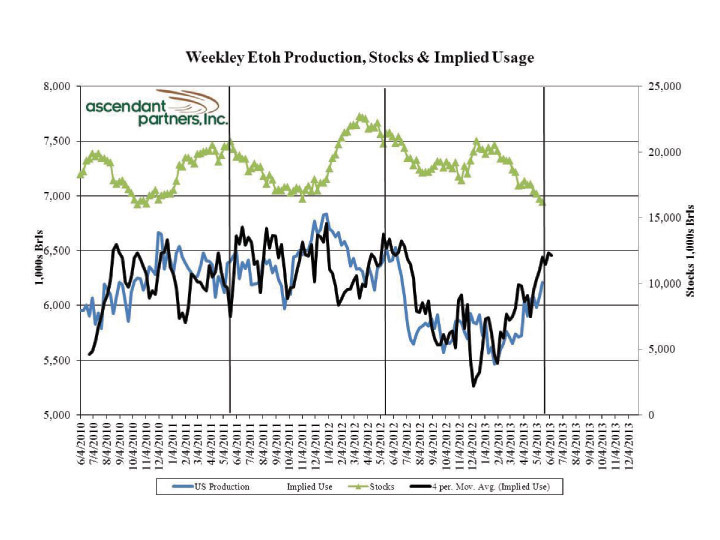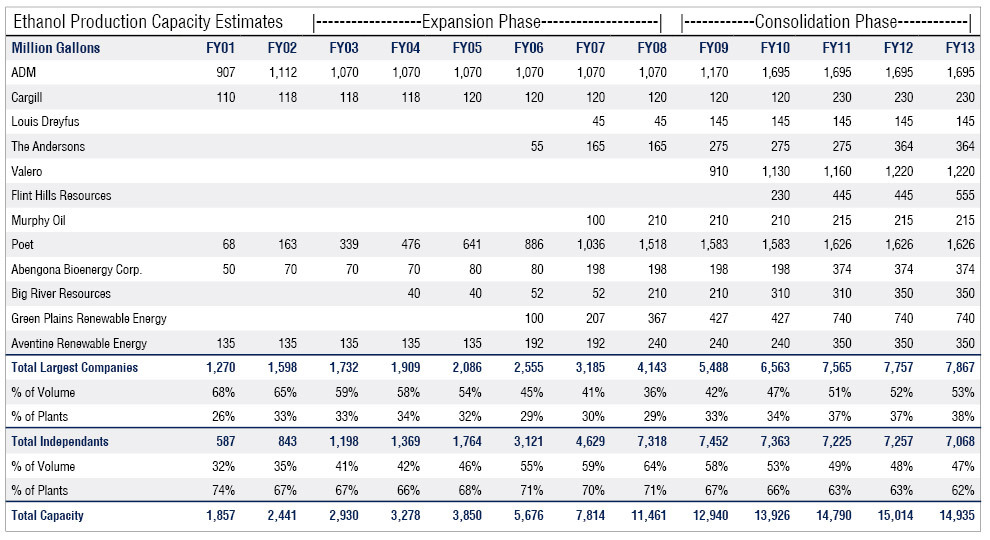Finding Business Success in a Changing Ethanol Industry




June 25, 2013
BY Scott McDermott
Advertisement
Advertisement
Related Stories
The USDA on April 23 awarded more than $43 million in grants through the Higher Blends Infrastructure Incentive Program to support projects that will increase the availability of domestic biofuels in 15 states.
Indigo Ag and Red Trail Energy have announced a collaboration to source low carbon intensity (CI) corn to support farmers using sustainable practices and benefit from emerging clean fuels market tax credit programs.
CoBank is predicting a positive outlook for ethanol in 2024 as plants capitalize on lower corn prices and improved margins, according to the company’s latest Quarterly Research Report, released April 11.
In celebration of Earth Day, Iowa biofuel producers, farmers, retailers, and policy leaders gathered for a community tree planting event hosted by Growth Energy. The event is part of a larger woodland restoration project.
EcoEngineers on April 15 announced the expansion of its services in compliance with the Canadian Clean Fuel Regulations. The company has been granted a scope extension by the ANSI National Accreditation Board (ANAB).




